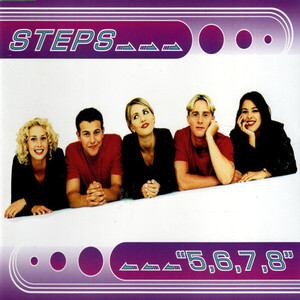Released: 18th November 2002
Writers: Simon Ellis / Sheppard Solomon
Peak position: #5
Chart run: 5-14-25-34-38-35-35-47-66-74-X-X-63-55-63-68-72-X-X-X-X-X-70
The subtly rebranded S Club kickstarted a new era with a single that boldly attempted to consolidate the success of Don’t Stop Movin’. But could they recapture the magic over a year and a half later?
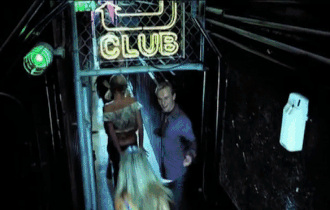
That Alive took its lead from S Club 7’s biggest hit was entirely unsurprising. Indeed, for them to have done anything else at this point would’ve made very little sense. Don’t Stop Movin’ was one of those career-defining songs that connected far beyond the group’s usual market and made people look at them differently. So, it was inevitable that the track would influence their sound moving forward. However, this is where the speed and efficiency of the S Club machine ended up doing the group a disservice because they’d had to get two other singles out of the way first. Don’t Stop Movin’ was initially supposed to be followed by You, but that was shunted further into the Sunshine album campaign when they instead recorded and released an impromptu charity single, Have You Ever. By that time, almost a year had elapsed, and their flash of brilliance was starting to look like an anomaly. There was a further setback when an opportunity to set S Club 7 back on the electro-pop route with Stronger – which was remixed and set to radio stations – came unstuck after Paul Cattermole announced his departure from the group.
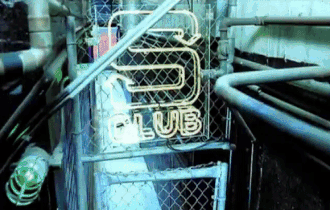
Jo, Bradley, Tina, Rachel, Jon and Hannah committed to continuing as a six-piece, but Sunshine was done, and work instead continued on a new album. Several tracks already recorded featuring Paul were repurposed (although Straight From The Heart and Let Me Sleep are rumoured to have been used outright), and Alive was one such song. It is a very logical descendent of Don’t Stop Movin’, with an immediately familiar: “We’re loving every beat of the music” robotic hook and a similar dynamic in having Bradley on lead vocals during the verses (a role originally performed by Paul) and the group – led by Jo – coming in on the chorus.

Inevitably, Alive is nearly always judged with the shadow of Don’t Stop Movin’ lingering over it. But while it’s not easy to extract from that context, doing so reveals this to be a far better song than it’s often given credit for. The squelchy production, uplifting disco strings, juddering record scratches, and occasional cries of “Woo!” is infectious. Although S Club had attained a degree of coolness, it never comes across that they’re taking themselves seriously, and many of the elements are as joyously bombastic as ever. Interestingly, despite having one less male vocal in the mix, when the group sing together on the punctuated pre-chorus: “I. Just. Can’t. Stop the feeling. What. You. Give. Is what I’m needing. I. Just. Won’t. Stop believing, on and on it’s only just begun”, the tone feels more balanced and cohesive. If this was the new dynamic moving forward, it was most pleasing to the ears.
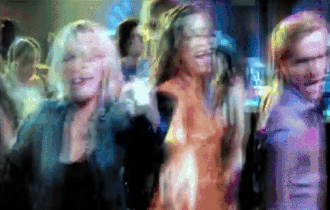
Indeed, for better or worse, there is a concerted effort here to move away from the sense of organised chaos that often set the group apart from their peers. Alive is structured so that Jo’s ad-libs during the chorus are integral to the melody: “I feel so (SO!) alive (ALIVE!), make it last forever, every day (DAY!) is fine (is FINE), whenever we’re together (TOGETHER)…”. Few – if any – S Club tracks would sound the same without her, although most would fundamentally still be the same song underneath. Here her presence forms part of the core hook, and it’s hard to imagine anyone else performing the role. A theory that was about to be tested far sooner than planned.
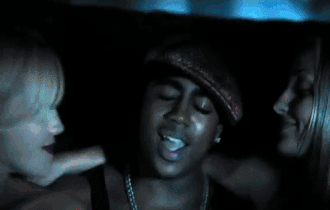
There was a certain degree of trepidation about how S Club would fare being a member down – although they still had more than most other pop groups – and commentators were quick to use the Spice Girls and Take That as examples of acts who floundered in similar circumstances (not the best examples, in hindsight). However, far more concerning than that was Jo’s health because Alive is where the extent of a back injury sustained during filming of the Seeing Double movie became apparent. It was so debilitating that she couldn’t participate in a lot of the promotion, and an unprecedented step was taken of re-recording the track for live performances, with Rachel Stevens leading the chorus. For one single, this was a workable solution, but – unfortunately – Jo’s recovery would take much longer than that.
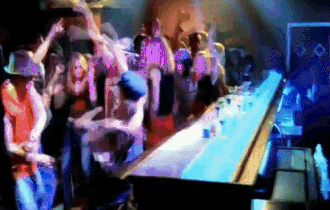
The visuals for Alive present the group in one of those nightclubs that only ever existed in pop videos. This venue is called the “S Club” (but of course) and includes all of the things never seen in real life: a clean bar with no queues, a spacious dancefloor where everyone dances politely around each other (while Bradley DJs), and copious amounts of plush seating readily available. This does feel like an attempt to gently move the group’s image in a more grown-up direction – particularly when compared to their previous single – which is understandable given they were in their twenties and now had the S Club Juniors ostensibly filling the gap they once occupied. It’s slick, stylish and not without that trademark S Club charm when the rest of the group gate-crashing Bradley’s backstage canoodling (and there’s little mistaking what’s about to happen before they interrupt). If there’s a gripe, it’s simply that the concept could be read as a tad generic. Since this ended up being the only ‘proper’ video from Seeing Double, Alive took the entire weight of the campaign on its shoulders, which doesn’t necessarily do it any favours. We’ll never know whether this would have been the aesthetic that stuck with the rest of the planned singles, but certainly, the album is more diverse than the impression given here.
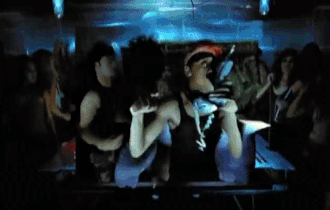
Alive is one of those rather bizarre times where its commercial fortunes could be perceived as somewhat underwhelming and simultaneously a considerable achievement. The track reached #5 in the UK, making it S Club’s lowest-peaking (and selling) single, which is not quite the sort of headline the group wanted to be grabbing as they embarked on this new phase of their career. Yet, very few pop groups could proclaim that they never once missed the top five over the course of four studio albums. Their back-catalogue might be comparatively modest, but each and every song S Club released was an unequivocal hit in one way or another.
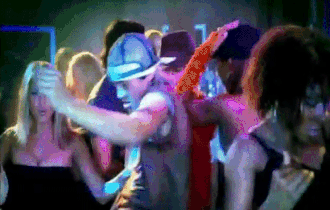
The same cannot be said for Seeing Double, which is where the campaign ran aground. The album arrived one week later and debuted at #17, marking a considerable step down from the #3 peak achieved by Sunshine precisely one year earlier. Although first-week sales of 44,000 copies would almost certainly have earned it a spot in the top ten outside of the festive market, the outcome was made extremely messy by the fact there were now two S Club acts competing against one another, even if that was never the intention. The momentum was now with S Club Juniors, whose debut album Together had recently peaked at #5 and soon jumped ahead of Seeing Double, continuing to outperform it. There was work to be done if S Club were to turn things around, but it wasn’t beyond them. However, the whole situation was made worse by mitigating circumstances that probably could’ve been avoided altogether with better timing.

As it turns out, far from being a fresh start for the group, Seeing Double ended up playing out more like an epilogue to their career. In some respects, Alive is the only true S Club single, since the group’s next – and final – release included visual references to Paul in both music videos. The dilemma with this track is not that it exists, because it absolutely needed to. Although circumstance in part dictated Alive was more similar to Don’t Stop Movin’ than intended initially, S Club could not let their signature hit pass by without trying to capitalise on its sound and appeal. However, by the time they eventually got around to doing so, they’d already opened the door for other acts – including S Club Juniors – to rush on in ahead of them.

Alive should have been the start of a new era, but instead, its legacy became one of a song attempting to recapture past glories. That’s not an entirely fair summation because taken on its own merit, this is a terrific track, and had it followed more swiftly in the wake of Don’t Stop Movin’, it may just have been met with similar rapture.


